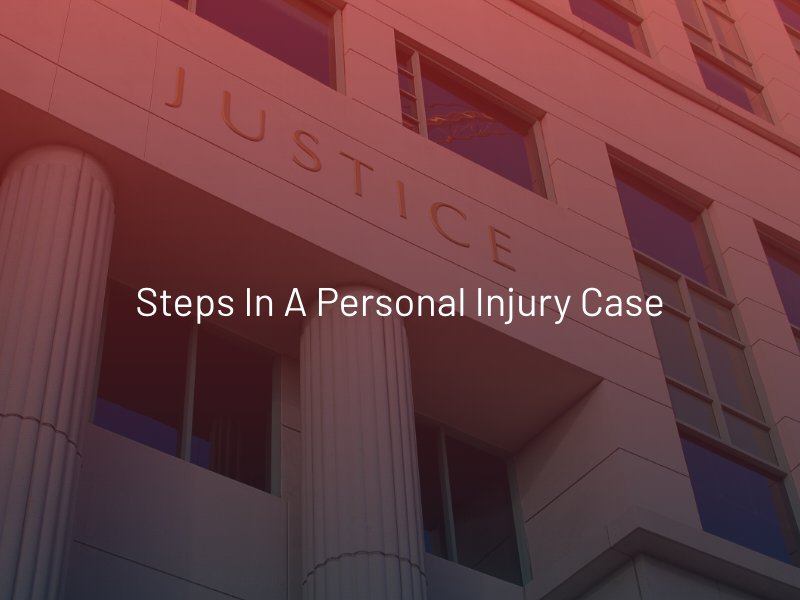Steps in a Personal Injury Case
Each personal injury case is unique, and timelines may vary depending on the complexity of the situation. However, the following steps offer a general overview of what to expect.

Initial Consultations and Hiring an Attorney
The first step in any personal injury case is to seek legal representation. An experienced Las Vegas personal injury attorney can provide valuable guidance and support throughout the process. During the initial consultation, the attorney will evaluate the merits of your case, discuss potential legal strategies, and advise on the best course of action.
Investigation and Evidence Gathering
Once you hire an attorney, they will begin investigating the incident that led to your injury. This involves gathering evidence, which may include medical records, accident reports, photographs, surveillance footage, witness statements, and expert opinions. The strength of the evidence can significantly impact the case’s outcome, making this stage vital in building a solid foundation.
Demand Letter and Negotiations
After compiling the evidence and once you have recovered or reached maximum medical improvement (MMI), your lawyer will draft a demand letter. This letter is sent to the at-fault party or their insurance company and outlines your injuries, damages, and the compensation you seek to resolve the case. Negotiations often follow, during which both sides may try to reach a settlement agreement to avoid going to trial. Skilled negotiation is essential here to ensure a fair and just resolution.
Settlement
If you can reach a favorable settlement, your attorney will prepare an agreement outlining its terms. Both parties must then sign the agreement before funds are disbursed. Approximately 95 percent of personal injury cases are resolved before trial.
Filing the Complaint
If negotiations fail, the next stage involves filing a formal complaint with the court. The complaint outlines the plaintiff’s (your) version of the incident, the damages suffered, and the legal basis for holding the defendant (at-fault party) liable. The defendant then has a specified period to respond to the complaint, typically within 20 days.
Even after filing a lawsuit, settlement negotiations may continue. Often, parties find it advantageous to settle out of court to avoid the uncertainty and costs associated with a trial. However, if both sides cannot agree on a settlement, the case proceeds to trial.
Trial
During the trial, both parties present their cases before a judge and jury. The plaintiff’s attorney must prove the defendant’s negligence or fault and demonstrate the extent of the damages suffered. The defense will attempt to challenge the plaintiff’s claims and present their evidence to counter the allegations. A trial can be a lengthy and emotionally taxing process, but it is essential for seeking justice.
Verdict and Appeal
After the trial, the jury delivers a verdict determining whether the defendant is liable and, if so, the amount of compensation to be awarded. If either party is dissatisfied with the ruling, they may have the option to appeal the decision. The appellate court will review the case for errors in the application of the law rather than reevaluating the evidence.
As a result, it is difficult to provide a precise timeframe for when you will receive payment after a favorable verdict. In some cases, it might be a matter of weeks, while in others, it could take months or even years, especially if the case is appealed or if challenges arise in collecting the judgment.